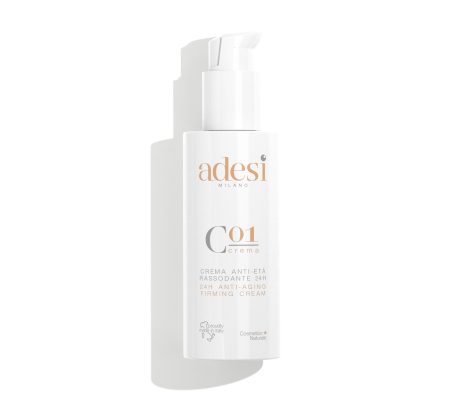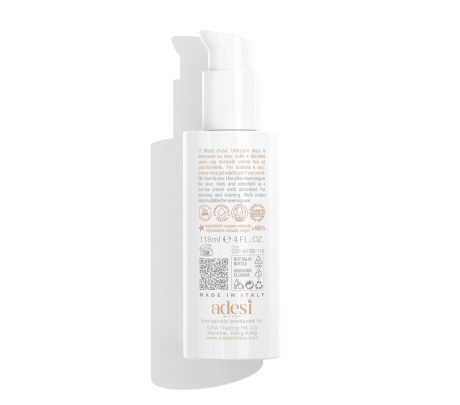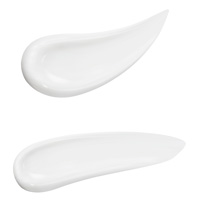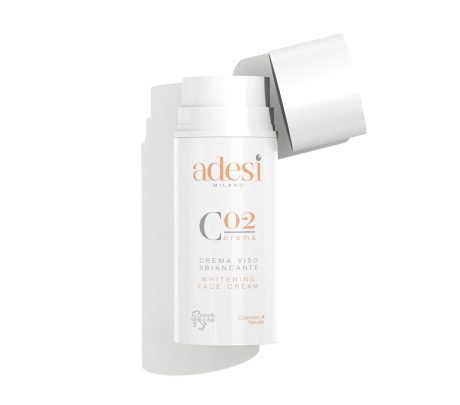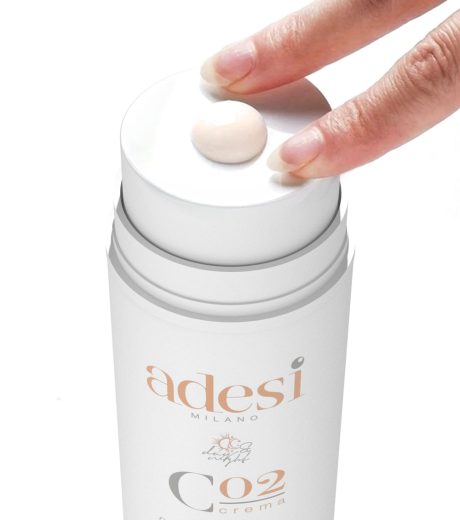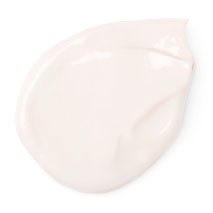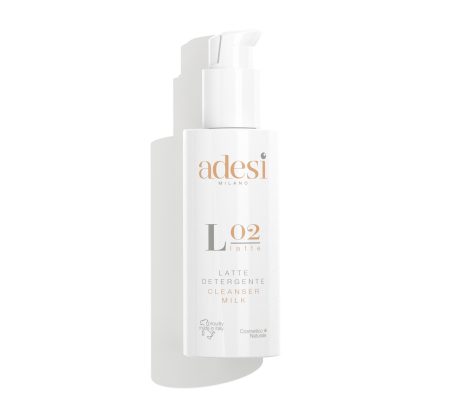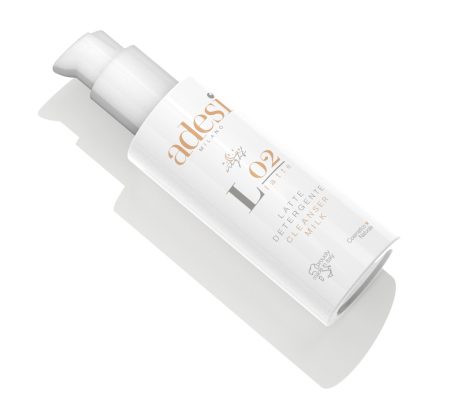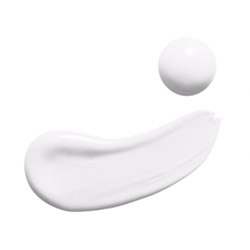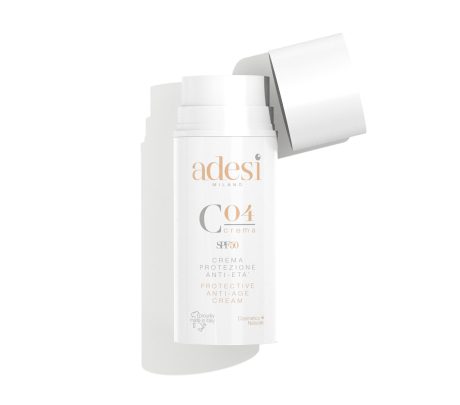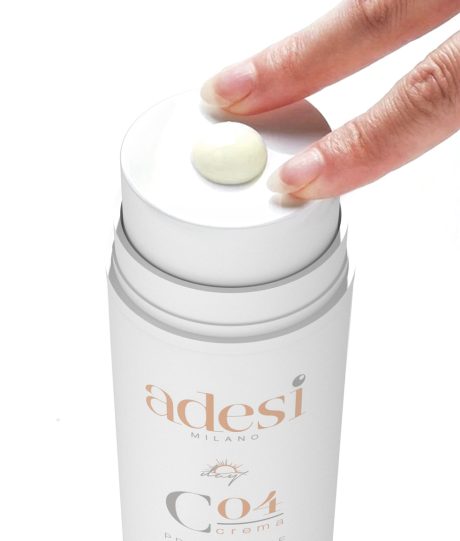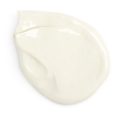Anti-aging and Antipollution face cream with a velvety texture and easy to absorb, helps reduce the harmful effects of environmental pollution and urban stress. Enriched with precious oils and extracts such as Jojoba Oil, Avocado Oil, Olive Oil, Cocoa Butter, Shea Butter and Euphrasia, as well as Hyaluronic Acid to fight the signs of aging and the loss of skin elasticity. From the first applications, the skin will be more elastic and radiant, the texture will be evened out and wrinkles will be less visible.
Olive Oil: Marked antioxidant properties, it preserves the skin from the action of free roots. It nourishes, protects, and repairs by regulating the skin’s natural hydration.
Hyaluronic Acid: It promotes the physiological production of collagen, forming a microfilm capable of retaining water and promoting the natural hydration of the skin.
Botanical extracts of Euphrasia, Hyssop and Cornflower: soothing and moisturizing.
Vitamin A: Vitamin A has an important anti-aging action, counteracting wrinkles, and dark spots, renewing fabrics and protecting against impurities and pollution.
Vitamin E: Powerful anti-free radical and anti-aging action, resulting in moisturizing and emollient on particularly dry skin. It makes the skin compact and firm.
Vitamin C: powerful antioxidant, it makes the skin brighter and firmer.
Grapevine stem cell extract: Rich in polyphenols and with a marked antioxidant action, it keeps the skin’s regenerative capacity active, which is lost over time due to physiological skin aging. It also protects epidermal stem cells from UV damage.
Cocoa and shea butter: Keeps the skin in good condition, makes it softer and smoother.
Jojoba oil: Jojoba oil is very similar to the skin’s own waxes and therefore combines very well with the latter. It increases the elasticity of the skin and protects it against moisture loss. In addition, it contains provitamin A and vitamin E, which have an antioxidant effect. As a result of the large number of fatty acids, jojoba oil has a protective and smoothing effect. Thanks to its moisture-retaining properties, it is highly appreciated, especially for more mature and dry skin.
Avocado oil: Avocado oil contains a lot of vitamin E and A and is rich in unsaturated fatty acids such as oleic and linoleic acid. The oil is eudermic for the skin makes it soft and smooth. It is particularly suitable for fragile and very dry skin and contributes to natural cell regeneration.
FOR MORNING AND EVENING
RICH CREAM MOST SUITABLE FOR EVENING USE
- Place an appropriate amount of cream in the palm of your hand.
- Distribute the cream between both hands.
- Place both hands on your face to apply the cream evenly.
- Start massaging your forehead with gentle circular movements, ensuring the cream is evenly distributed over the entire area.
- Use your fingertips, coated with cream, to rub the sides of your nose for better absorption.
- Gently press the sides of your face with open hands to absorb the cream broadly and evenly.
- Massage the perimeter of your mouth, stroking with your fingertips.
- Massage your entire face, blending any areas that are still rich in cream with the drier areas until the surface is fully covered.
- Make sure that your face is free of any cream residue and is well hydrated.
Ingredients:
Aqua [Water] (Eau), Cetearyl glucoside, Dicaprylyl ether, Persea gratissima (Avocado) oil, Sorbitan olivate, Lauryl lactate, Myristyl myristate, Simmondsia chinensis (Jojoba) seed oil, Theobroma cacao (Cocoa) seed butter, Butyrospermum parkii (Shea) butter, Olea europaea (Olive) fruit oil, Sodium hyaluronate, Euphrasia officinalis flower/leaf/stem water, Rosmarinus officinalis (Rosemary) leaf water, Centaurea cyanus flower water, Hyssopus officinalis herb extract, Chamomilla recutita (Matricaria) flower water, Retinyl palmitate, Helianthus annuus (Sunflower) seed oil, Tocopherol, Ascorbyl palmitate, Ceratonia siliqua gum, Citrus aurantium peel oil, Pogostemon cablin oil, Pelargonium graveolens flower oil, Vitis vinifera fruit cell extract, Cetearyl alcohol, Sodium levulinate, Cetyl palmitate, Propanediol, Parfum [Fragrance], Sodium anisate, Phenethyl alcohol, Sorbitan palmitate, Undecyl alcohol, Sodium cetearyl sulfate, Lactic acid, Xanthan gum, Lecithin, Linalool, Hexyl cinnamal, Limonene, Linalyl acetate, Alpha-isomethyl ionone, Citronellol, Geranyl acetate, Isomalt, Tetramethyl acetyloctahydronaphthalenes, Terpineol, Geraniol, Dimethyl phenethyl acetate, Pinene, Benzyl salicylate, Trimethylcyclopentenyl Methylisopentenol, Citric acid.
